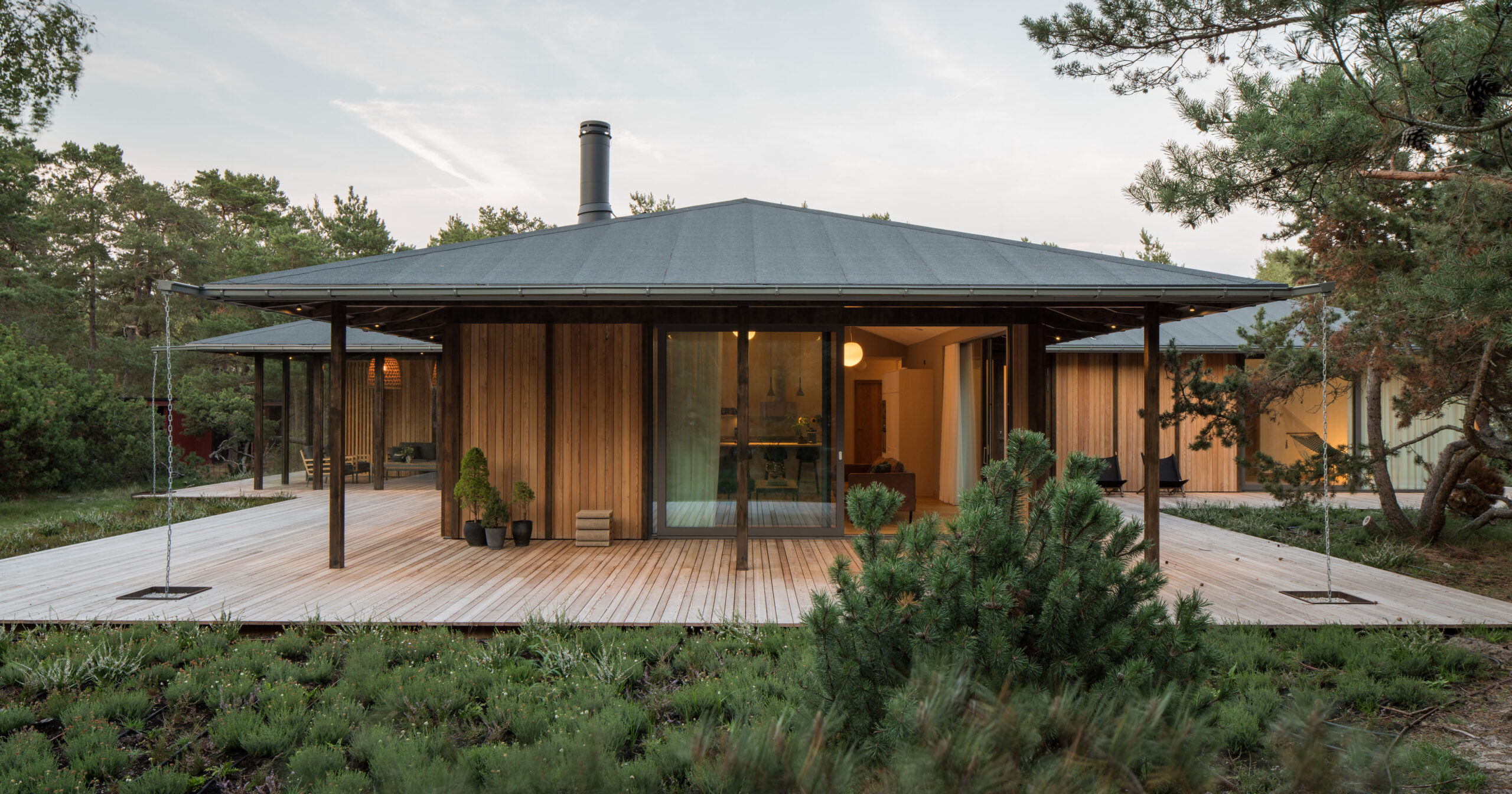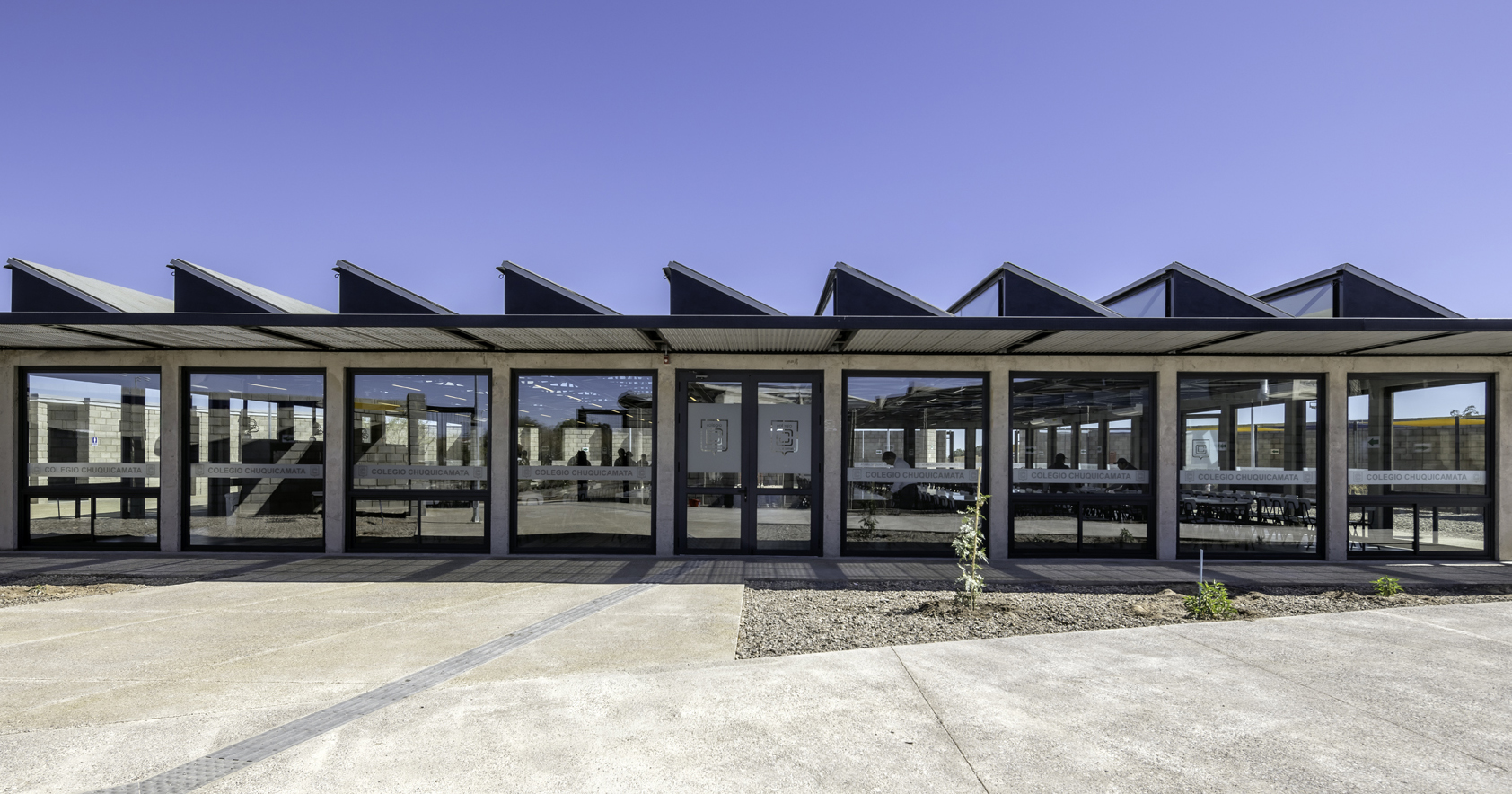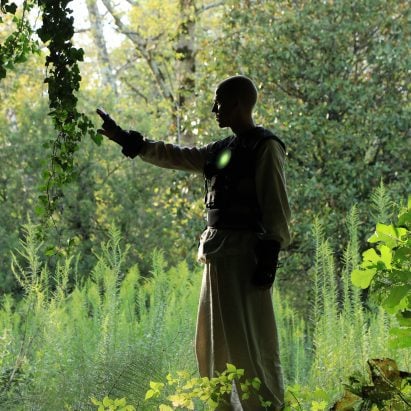"When studying design it's important to feel compelled to drive change" says IED's Riccardo Balbo


As part of Dezeen School Shows: Designing the Future series, Riccardo Balbo, chief academic officer and dean at Istituto Europeo di Design (IED), discusses the importance of cross-disciplinary collaboration in design education.
The series details conversations with architecture and design educators who give insight into how their programmes are adapting to new challenges faced by the industry.
Dezeen spoke to Balbo about adaptability and the projects IED students are working on, such as Moonlife, which envisions a permanent base on the moon and the design challenges that come with it.
Ruby Betts: What projects are students currently working on?
Riccardo Balbo: Projects at IED span multidisciplinary processes, which are based on the concept of design as an intersection between different industries.
For example, in the 'Moonlife' project, students envision the development of a permanent base on the moon, imagining functions in hostile conditions and varying design challenges.
Students from interior design, product design, graphic design and fashion design all partake, bringing their varying knowledge and expertise to the same original brief.
Another project at the intersection of fashion and art, which 12 students worked on, is the 'Identity' installation at the last edition of Pitti Uomo in Florence. This combined knowledge from each of their skillsets to refine a concept that explored identity and fashion.

Ruby Betts: Are you seeing particular demand for a certain type of course?
Riccardo Balbo: If we consider the subject of programmes, Europe and the Americas are more interested in strategic and envisioning programmes rather than skills, which instead are very much in demand in the Middle East.

Ruby Betts: Do you have any new courses you've recently developed?
Riccardo Balbo: We launched ten new Master of Arts Programmes (DASL) inspired by the inclusive vision of Design X Commons. These programmes focus on design that is applied to the regeneration, integration and sharing of common goods.
Placing the perspective of 'common goods' at the basis of these courses means realising how much design has always had and continues to have a social role in making a more equal future accessible to all – whether this is linked to the themes of diversity, community or availability of resources and services.
Common goods are defined as the set of resources, material and immaterial, relating to multiple communities of people, which can therefore be considered the collective heritage of humanity.
Examples include land, water, forests and even the atmosphere, climate and biodiversity, but also knowledge, patents, local knowledge, the internet, mobility systems, healthcare, food and social security.
How to recognise, manage, share and distribute common resources is an act of design called commoning – a dynamic relationship between the good and its community. It is a process that is constantly transforming all the parties involved in this relationship.

Ruby Betts: What advice can you give people who are thinking of studying design or architecture?
Riccardo Balbo: When studying design or architecture, it is important to feel compelled to drive change.
Design is an activity that invites an attitude and values, whilst activating creative processes that are independent of the education received from upper secondary school.
The students at high schools that specialise in classical studies are certainly not the most disadvantaged, yet on the contrary, they often show a creative aptitude that they didn't know they had but unintentionally discover anyway.
Technical design skills are one of the requirements that can be easily compensated for during the course of study.
Dezeen School Shows: Designing the Future series
This article is part of Dezeen School Shows: Designing the Future, a series of interviews which explore the future of creative education within global schools, universities and colleges.
The post "When studying design it's important to feel compelled to drive change" says IED's Riccardo Balbo appeared first on Dezeen.





_003.JPG)

.jpg)












































